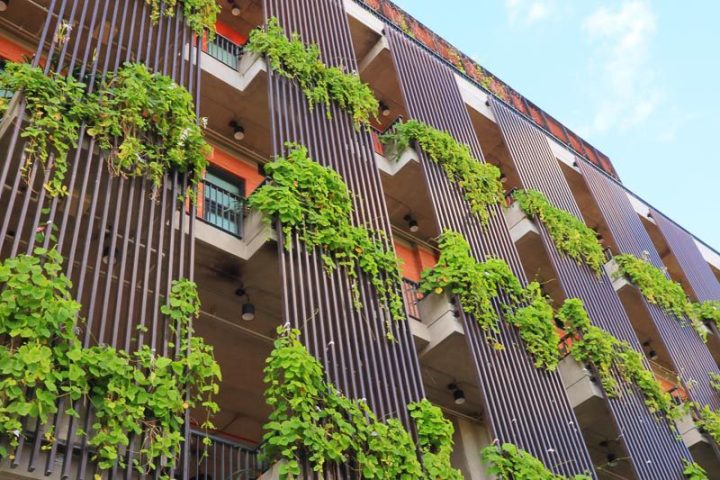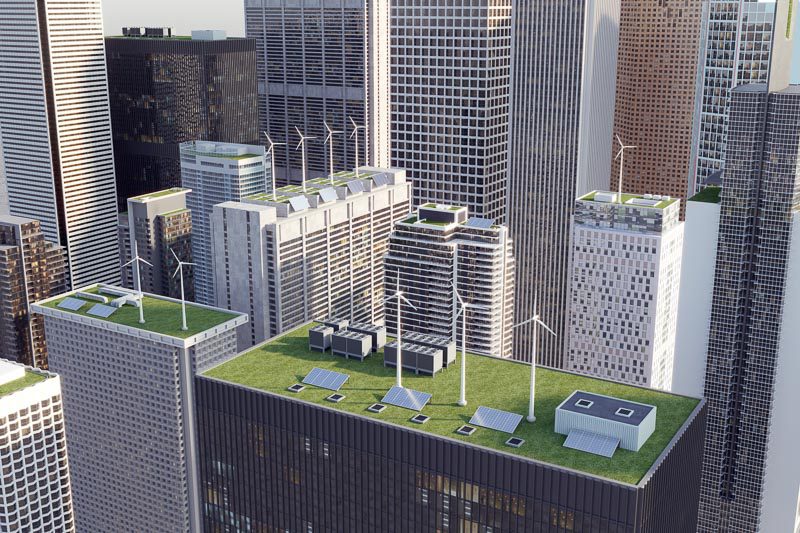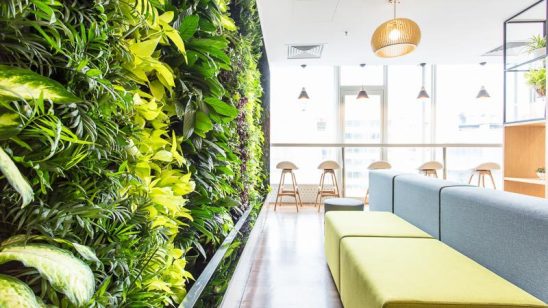
Top trends in construction
This year, more than ever before, construction projects ranging from residential to large-scale commercial, are incorporating sustainable initiatives and practices.
These include using renewable and recyclable materials, reducing the embodied energy in building materials, reducing on-site waste, and reducing the energy consumption on finished projects. 
Construction shapes our world, how it looks, and its impact on the natural environment, making it one of the most important industries today.
Modern, sustainable construction trends gaining momentum include:
NET ZERO BUILDINGS – A net zero building produces as much energy as it uses over the course of a year, achieved through a variety of means, including solar panels, wind turbines, and geothermal systems.
Construction typically takes into account the entire life cycle of the building, from materials sourcing and construction to ongoing energy use and waste management.
They offer significant environmental benefits, such as reduced greenhouse gas emissions and other pollutants, and reduced water and energy consumption. They often have lower operating costs than traditional buildings, due to their increased efficiency, and are designed to provide a healthy and comfortable indoor environment for occupants. This can lead to enhanced occupant health and well-being, as well as increased productivity.
Social and community benefits. Net zero buildings can help to create more sustainable communities by providing green space, promoting walkability, and supporting local businesses. 
SUSTAINABLE MATERIALS – Sourced from renewable or recycled resources such as bamboo, wool, and cork, sustainable materials help to reduce the environmental impact of construction projects and can also create a more sustainable building in the long run. Such materials are often more durable and require less maintenance than traditional materials, meaning they can save you money in the long run. They also tend to have a smaller environmental footprint than traditional building materials, making them a more sustainable choice for construction projects. Sustainable materials can also help improve indoor air quality by reducing the off-gassing of harmful chemicals. This is especially important in green buildings, which are designed to be more energy and resource-efficient than traditional buildings. By using sustainable materials, green builders can help create a healthier and more sustainable built environment.
GREEN ROOFS – Becoming increasingly popular, green roofs are either partially or entirely covered with vegetation, and can be used on new or existing buildings.
They’re often planted with a variety of vegetation, including sedum, grasses, shrubs, and trees. Benefits include reduced greenhouse gas emissions, reduced stormwater runoff, improved water and energy efficiency lessening the need for irrigation and cooling, and extending the life of a roof by protecting it from UV rays.
PASSIVE DESIGN – Terminology for a type of design taking the local climate into account to help maintain comfortable temperatures in the building without additional heating or cooling, passive design can save energy and money.
Techniques can include orienting a building to take advantage of solar gain, and using green roofs and green walls to cool a building naturally.
Well designed, a passive building can provide thermal comfort for many years, lowered energy bills, and lower carbon emissions into the atmosphere, using nature’s heating and cooling sources, such as the sun and wind, to minimise heat gain and loss in a building.
The best way to implement passive design is when first designing or constructing a building, although some features can also be added through renovations or simple building improvements over time.



